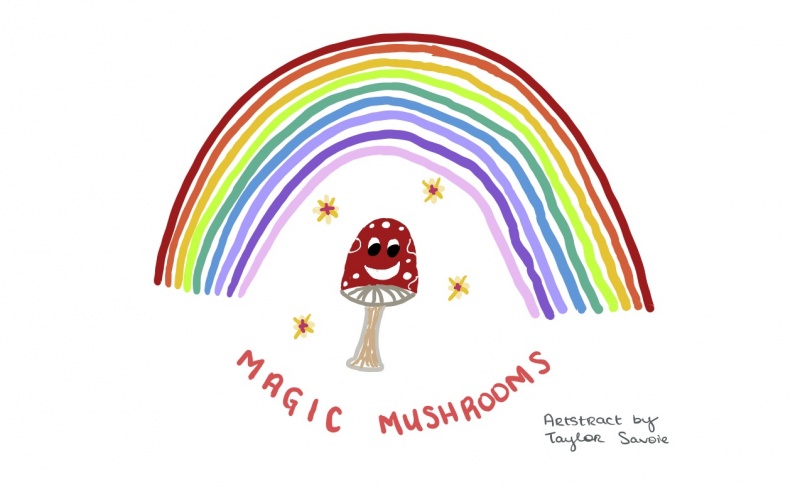Neurophysiology of Addiction
The reasons why one person will become an addict while another person will not are still widely unknown. Genetic factors have an influence on whether or not someone will develop an addiction. Most of the genes that increase the likelihood of addiction have not been identified; researchers hypothesize there are possibly hundreds of genes that affect this. Environmental factors are just as important as genetic in determining whether or not someone will develop an addiction. Exposure to the drug of abuse, psychological distress, childhood abuse, and the use of gateway drugs all affect the chances of a person developing an addiction.
A build-up of ΔFosB is demonstrated in the brains of virtually all persons suffering from addiction. ΔFosB is an unusually stable product of the FosB gene. After repeating drug exposure, ΔFosB becomes the most prevalent protein of the FosB family. ΔFosB suppresses dynorphin which contributes to the increase of the rewarding effects of drugs.
Psychedelic Therapy for Subjects with Addiction
Psychedelic drugs were widely used in the 1960s because of the euphoric experience users reported. Clinic research with psychedelics was put on hold after Presiden Nixon declared a war on drugs. Since then, a fear, aversion, and stigma has surrounded the use of psychedelics. Although these drugs are some of the safest drugs when used in their classical form, more research must be conducted to understand their benefits to humanity. The following video provides a short history of psychedelics, current therapeutic treatments, and future directions for research: This Will Change Your Mind About Psychedelic Drugs.
What is a “microdose”?
Microdosing is the practice of repeatedly taking small doses of a drug not to get high, but maintain better homeostasis. The typical size dose depends on a variety of factors: amount of food consumed, body weight, and type of drug. The general rule for a microdose is 5-10% of a normal dose. A microdose is typically taken twice a week during a time of the day outside of work/school hours. The benefits of microdosing are most prevalent when not mixing other drugs or alcohol with it. The user should be in a comfortable setting when taking a microdose. Figure 1 shows an overview of common benefits and drawback of microdosing psychedelics.

Figure 1: This image depicts various symptoms experienced by those utilizing the practice of microdosing. There are both benefits and drawbacks that must be considered before taking a substance of any type.
Experimental Evidence of the Benefits of Psychedelics on Addiction
In 2014, researchers conducted an experiment to determine if psychedelics can help those addicted to tobacco with quitting smoking. The participants were all aware they were receiving the drug (psilocybin) and not a placebo. The first round of psilocybin was a “typical” dose, not a microdose. After receiving the drug, the participant laid on a couch wearing sunglasses and listening to music. Researchers were present during the entirety of the patients trip, but did not talk to them or guide them along their spiritual experience. This first round of drug was administered on the participant’s target quit date for smoking. A microdose was then administered two weeks later.
During the following year, participants had multiple check ins with the researchers to track smoking habits. 80% of participants abstained from cigarettes for at least one week, 67% were still clean one year later, and 60% had not smoked for over 16 months. Researchers are not sure of the exact neurphysiological mechanisms by which psychedelics work, but they hypothesize that the feeling of mystical significance participants experience aids with success in quitting.
Another experiment was conducted on ten voluntary participants diagnosed with alcohol dependence. They received orally administered psyilcybin in two supervised sessions with the researchers. Participants did not abstain from alcohol use during the first four weeks of experimentation (they had not yet received any psilocybin). After receiving psyilocybin, abstinence from alcohol greatly increased when statistically analyzed (p < 0.05). These effects were long lastly without the need to readminister psilocybin. Participants reported decreases in their craving levels and increase in their self-confidence to maintain abstinence. Abstience was maintained for 90% of participants six months after psylocibin administration.
